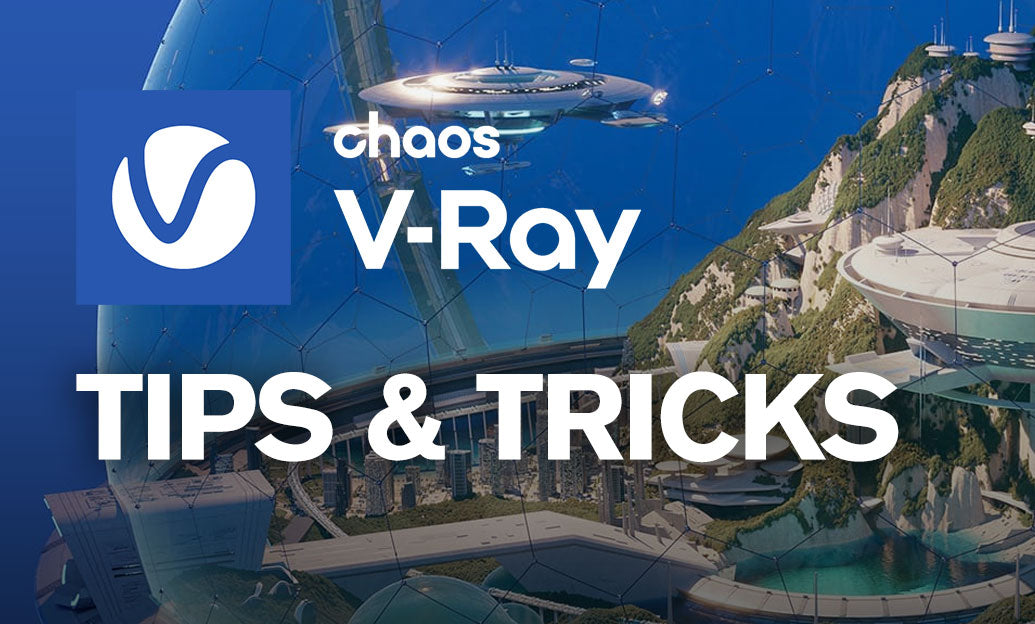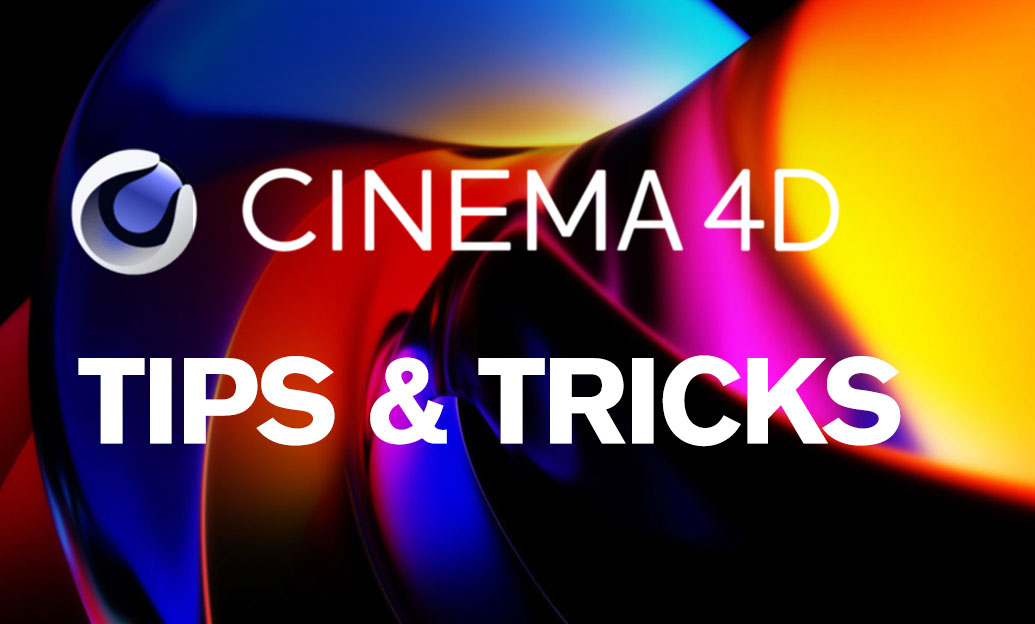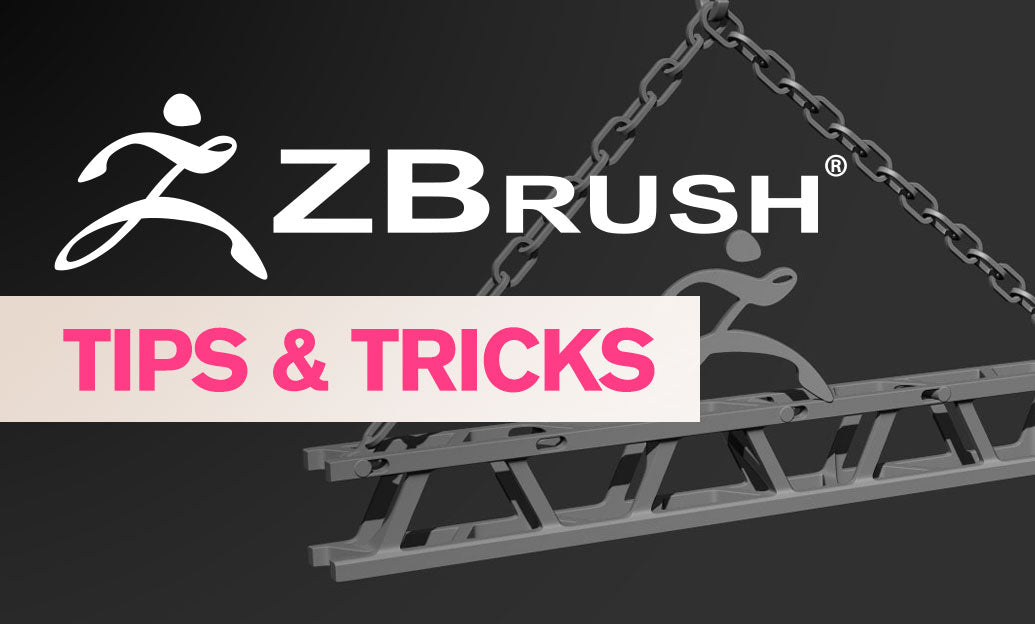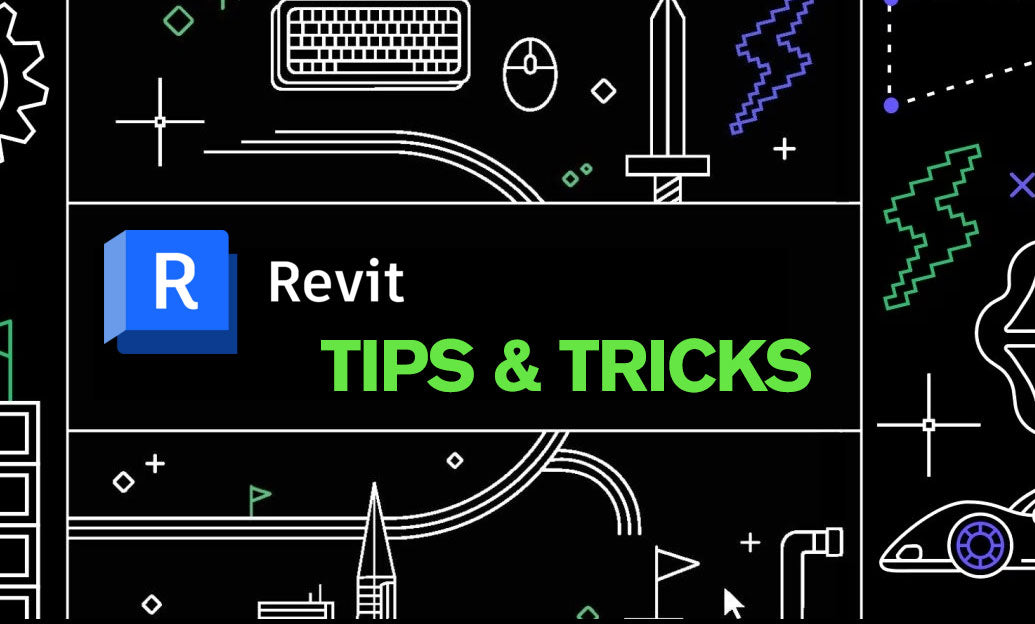Your Cart is Empty
Vector displacement maps can preserve complex sculpted forms (overhangs, folds, undercuts) while cutting tessellation, memory, and render time. Here’s how to set them up in V-Ray with predictable results and minimal overhead.
When to choose vector displacement
- Assets with overhangs and deep cavities where height displacement fails.
- Hero objects that need crisp silhouettes without brute-force subdivisions.
- Animation-ready meshes where shape fidelity must hold across motion and varying camera distances.
Exporting the map (ZBrush, Mudbox, Blender, etc.)
- Use 32-bit EXR or TIFF; keep the map in linear color (gamma 1.0). Disable any sRGB conversions.
- Choose Tangent space for animated/deforming meshes; Object space for static assets and consistent world-aligned results.
- Match scale between sculpt app and DCC. Record the displacement scale/units used during baking.
- If your sculpt tool offers channel orientation options, note them (RGB axis order and flips) to replicate inside V-Ray.
V-Ray for 3ds Max setup
- Add VRayDisplacementMod to the mesh.
- Type: 3D mapping; enable Vector displacement.
- Space: Tangent for animated meshes; Object for static meshes. Match the exporter.
- Bitmap input: override gamma to 1.0 (linear). Use 32-bit maps.
- Vector scale: start at 1.0 to mirror the exporter; adjust only if units differ.
- Edge length: 2–8 px for finals, 8–16 px for previews. Keep continuity ON to reduce UV seam cracks.
- Water level: use to clip underside noise and reduce micro-tessellation in invisible areas.
V-Ray for Maya setup
- Connect your 32-bit EXR to the shading group’s displacement slot.
- VRayDisplacement node: Type = Vector; Space = Tangent or Object to match the bake.
- Amount/Scale: 1.0 as a starting point; Shift = 0.0 for vector maps.
- Turn on Keep continuity; set Edge length in pixels (lower = sharper, slower).
- File node color space = Raw/Linear (no gamma). Ensure Texture filtering is not blurring critical details.
V-Ray GPU considerations
- Vector displacement is supported. Favor On-demand mip-mapping to keep textures in VRAM efficiently.
- Cap tessellation using the renderer’s displacement quality controls; verify silhouette fidelity at render distance.
Optimization guidelines
- Layering works: keep mid/large forms in vector displacement; move micro detail to normal/bump maps to reduce tessellation.
- Isolate displacement to materials/IDs that truly need it; use material overrides for quick A/B comparisons.
- Clamp unused ranges in the map (via output levels) to prevent wasteful tessellation in flat regions.
- For heavy assets, render as V-Ray proxies and keep texture resolutions realistic; push ultra-high-res maps only when visible.
Troubleshooting fast
- Weird directions or inflating surfaces: check RGB axis order and flip settings to match your baker.
- Seams: ensure tangent basis compatibility and Keep continuity ON; avoid mismatched smoothing groups across UV borders.
- Soft results: lower Edge length (in px) and verify the map is 32-bit linear with no unintended gamma.
Need licenses, upgrades, or expert guidance on V-Ray? Connect with NOVEDGE for competitive pricing and support. For broader ecosystem tools and bundles, explore the V-Ray collection at NOVEDGE.






